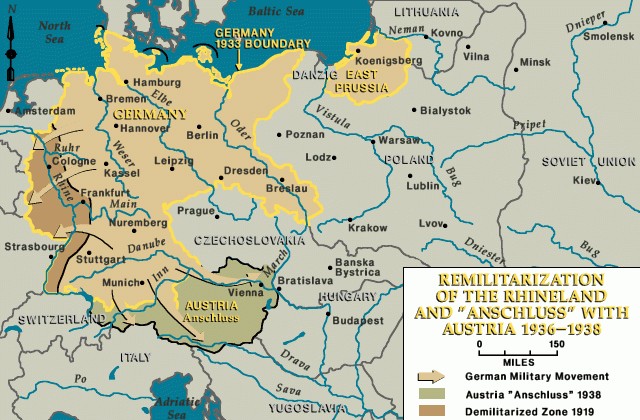The Nazi invasion of Poland on September 1, 1939, is widely considered the event that triggered World War II. While tensions had been escalating in Europe throughout the 1930s, this act of aggression shattered the fragile peace and forced Britain and France to declare war on Germany. This article explores the key factors that led to the invasion and its pivotal role in igniting the global conflict.
Adolf Hitler, Chancellor of Germany from 1933 to 1945. (Credit: US Holocaust Memorial Museum)
The Road to War: Hitler’s Ambitions and Appeasement
Hitler’s ambition to expand German territory and establish dominance in Europe played a crucial role in the outbreak of war. He viewed Poland as a vital stepping stone towards achieving these goals. The policy of appeasement adopted by Britain and France in the face of Hitler’s increasingly aggressive actions further emboldened him. Concessions, such as the Munich Agreement that ceded the Sudetenland to Germany, were intended to maintain peace but ultimately failed to deter Hitler’s expansionist ambitions.
 German Territorial Expansion
German Territorial Expansion
Map illustrating German territorial gains between 1936 and 1938. (Credit: US Holocaust Memorial Museum)
The German-Soviet Non-Aggression Pact: Paving the Way for Invasion
A pivotal moment that enabled the invasion of Poland was the signing of the Molotov-Ribbentrop Pact, a non-aggression pact between Germany and the Soviet Union in August 1939. This pact contained a secret protocol that divided Eastern Europe into spheres of influence, with Poland falling under German control. This agreement eliminated the threat of Soviet intervention and gave Hitler the green light to invade Poland without fear of a two-front war.
The Invasion and its Immediate Aftermath: Blitzkrieg and Declarations of War
The German invasion of Poland was swift and brutal, employing the devastating Blitzkrieg tactic – a lightning war characterized by rapid, coordinated attacks using tanks and air power. Overwhelmed by the German onslaught, Polish forces were quickly defeated. Britain and France, honoring their treaty obligations to Poland, declared war on Germany on September 3, 1939, marking the official beginning of World War II. The Soviet Union invaded Poland from the east on September 17, further solidifying the country’s tragic fate.
German troops occupying Warsaw in September 1939. (Credit: National Archives – Film)
Conclusion: The Nazi Invasion as the Catalyst for Global Conflict
The Nazi invasion of Poland was not an isolated incident but the culmination of a series of aggressive actions by Hitler and the failure of appeasement to prevent war. The invasion itself, enabled by the German-Soviet Pact and executed with brutal efficiency, triggered the chain reaction of declarations of war that plunged the world into a global conflict. The invasion of Poland remains a stark reminder of the devastating consequences of unchecked aggression and the importance of collective security in maintaining international peace.
